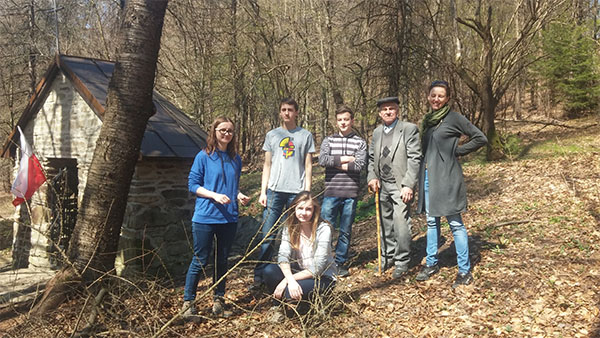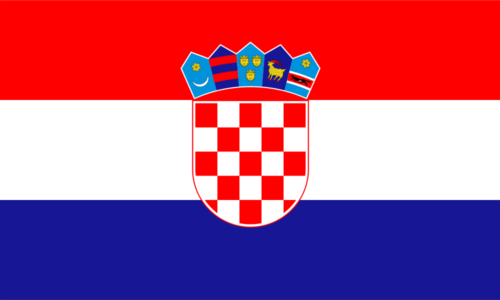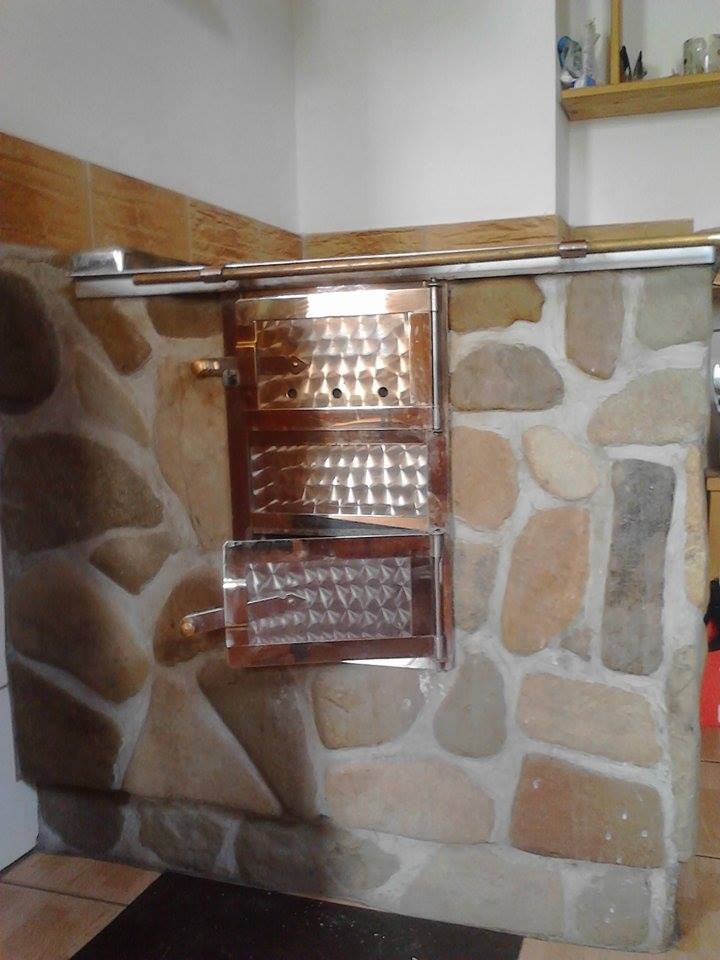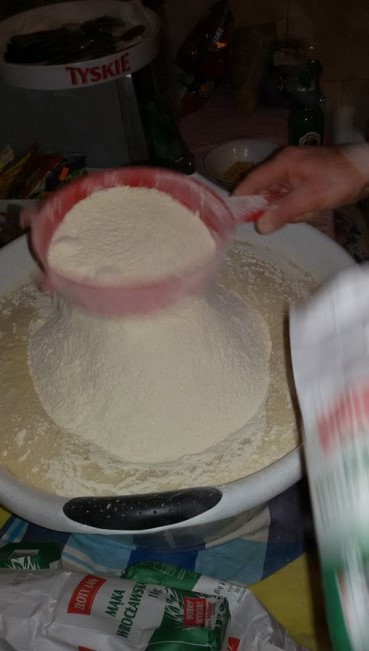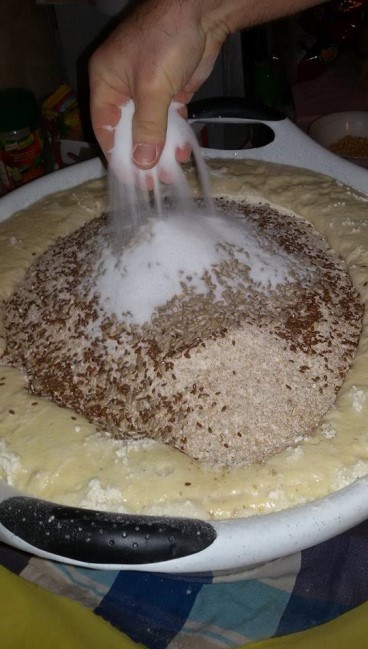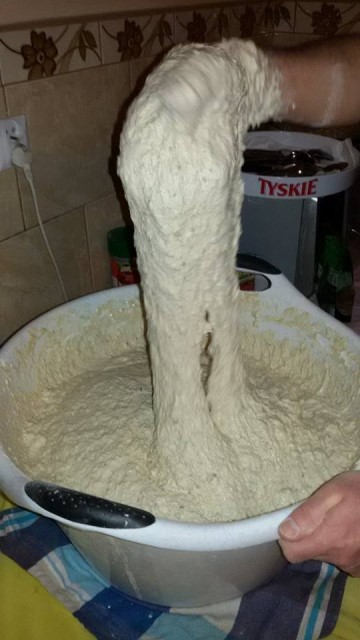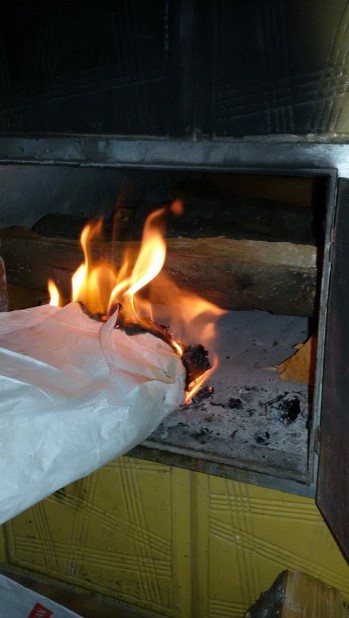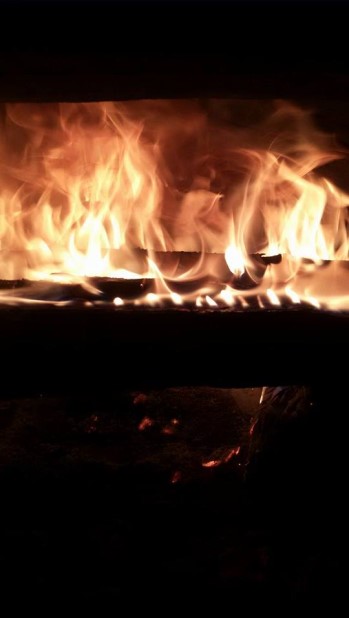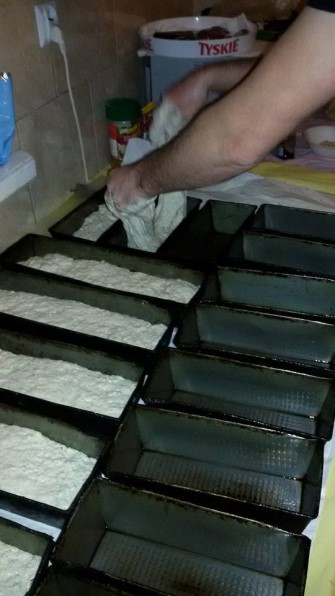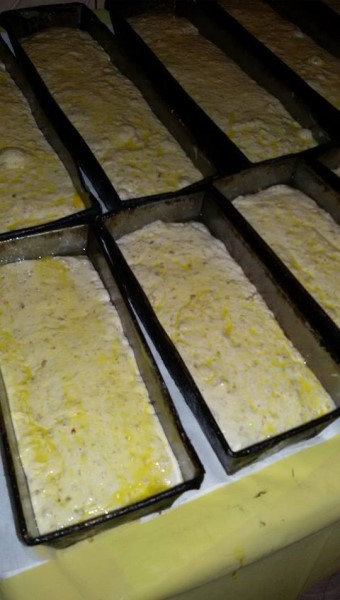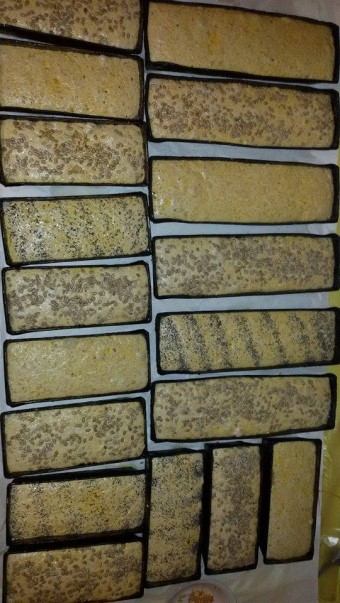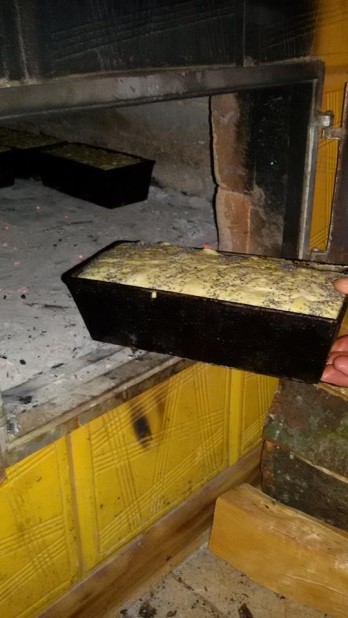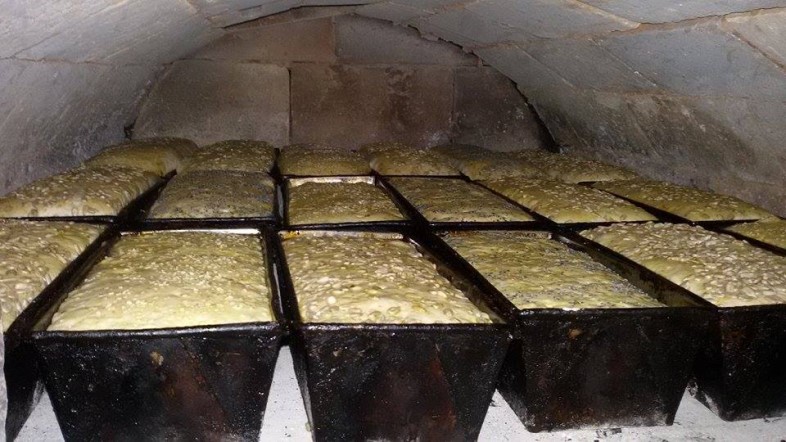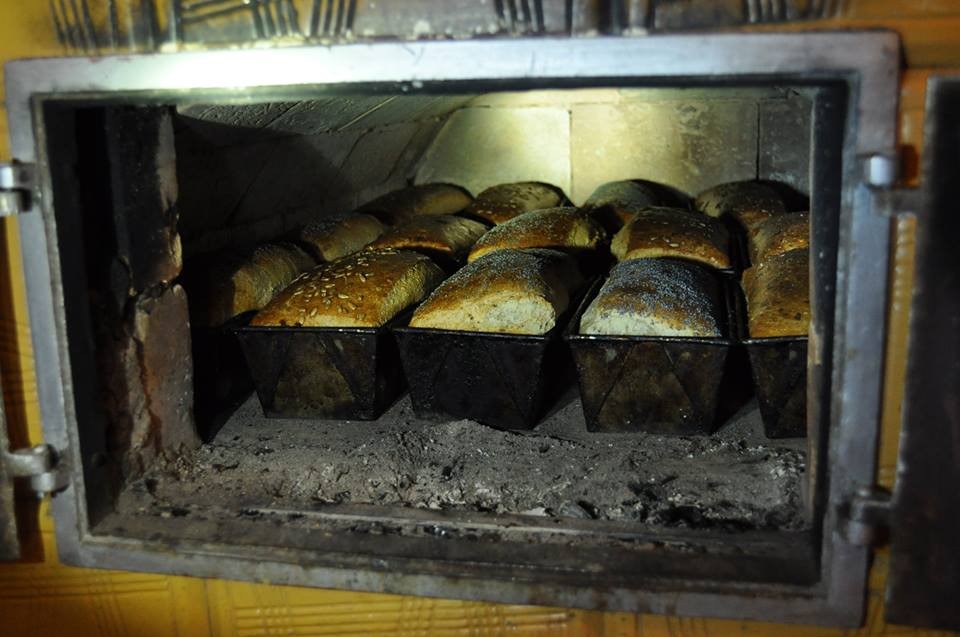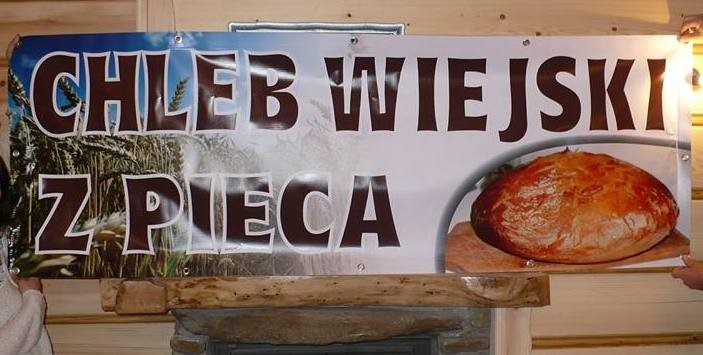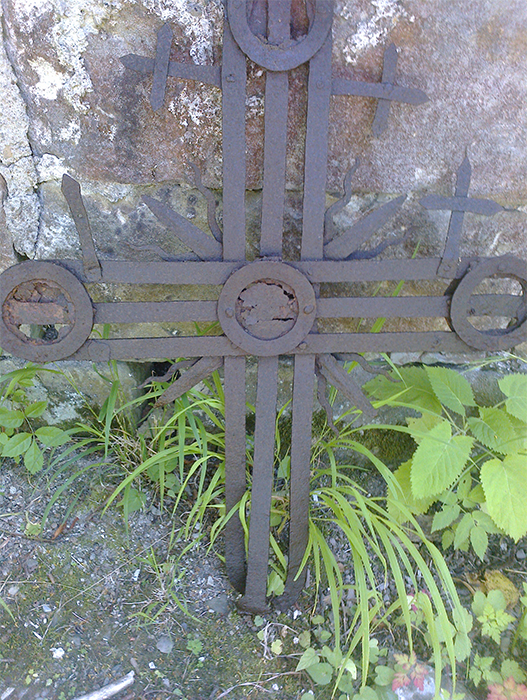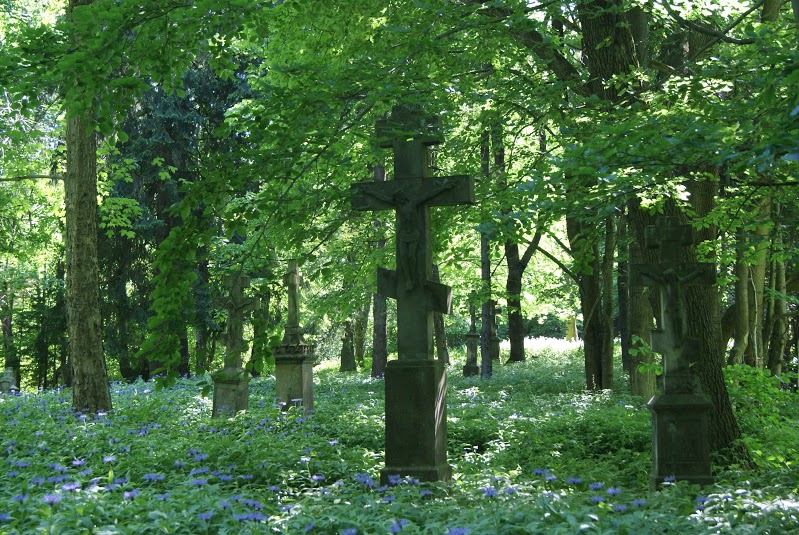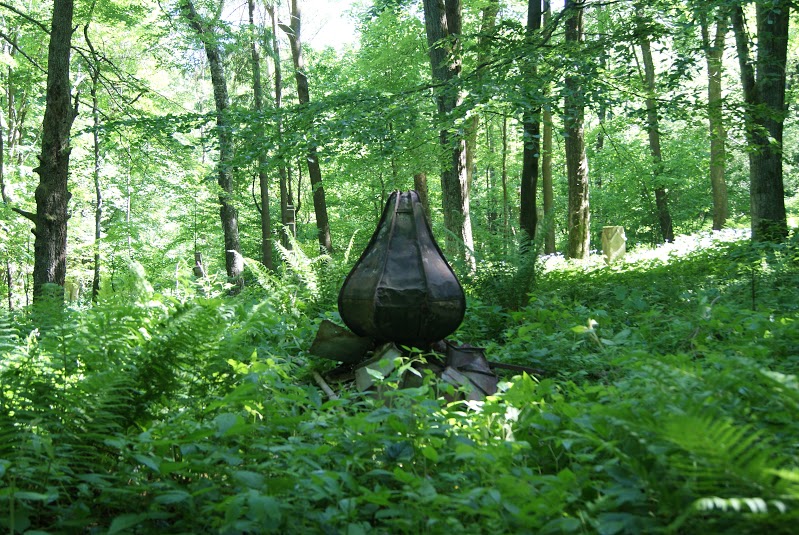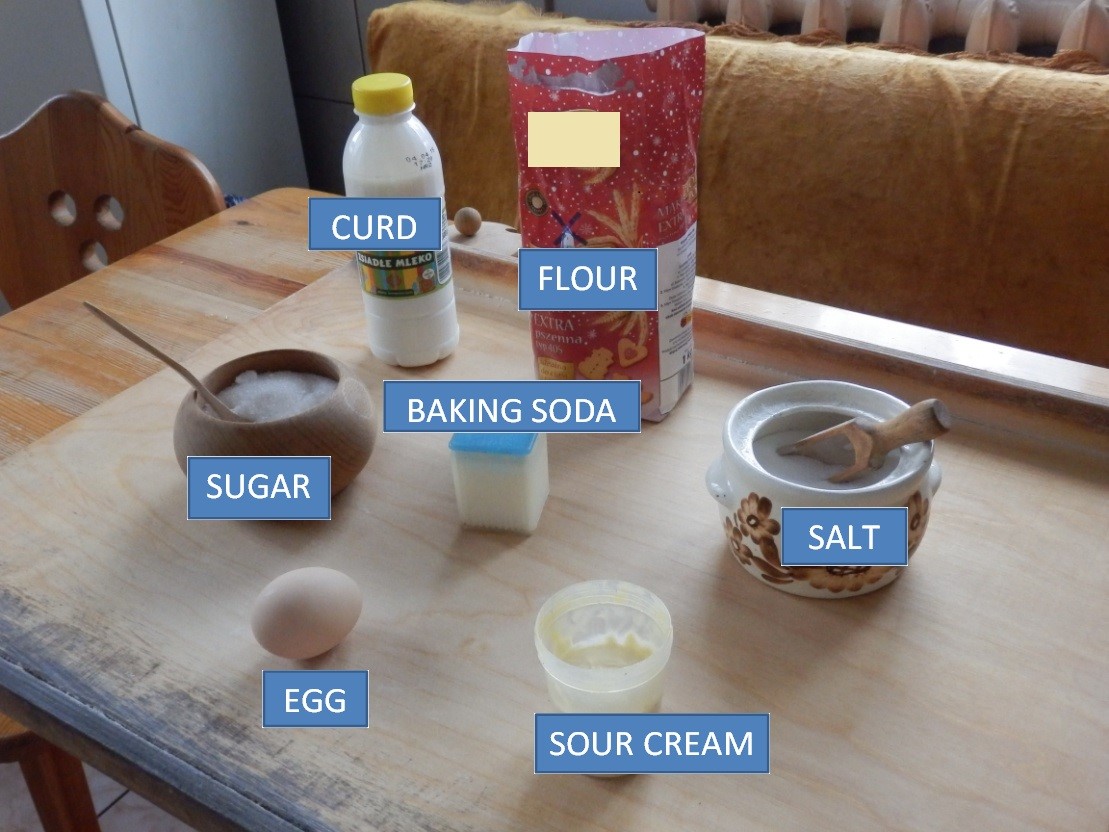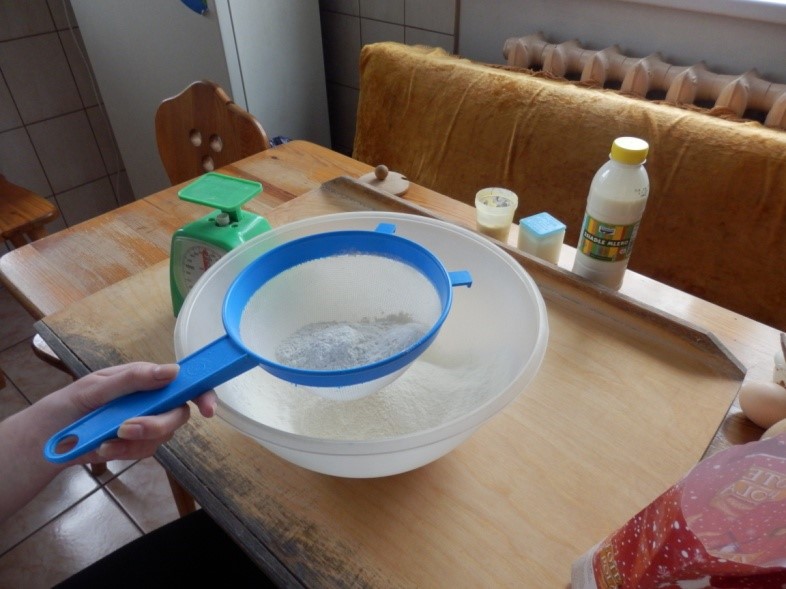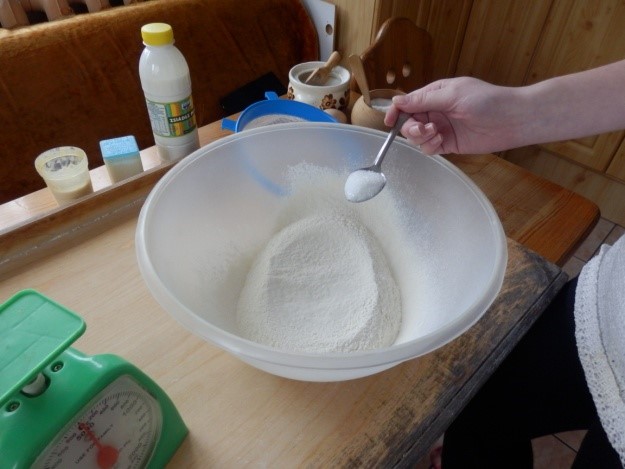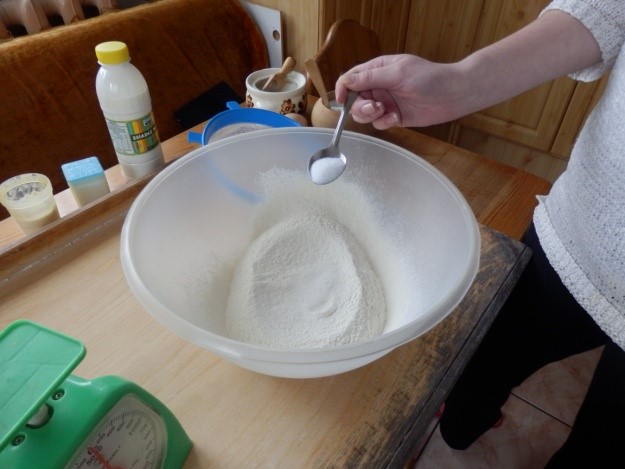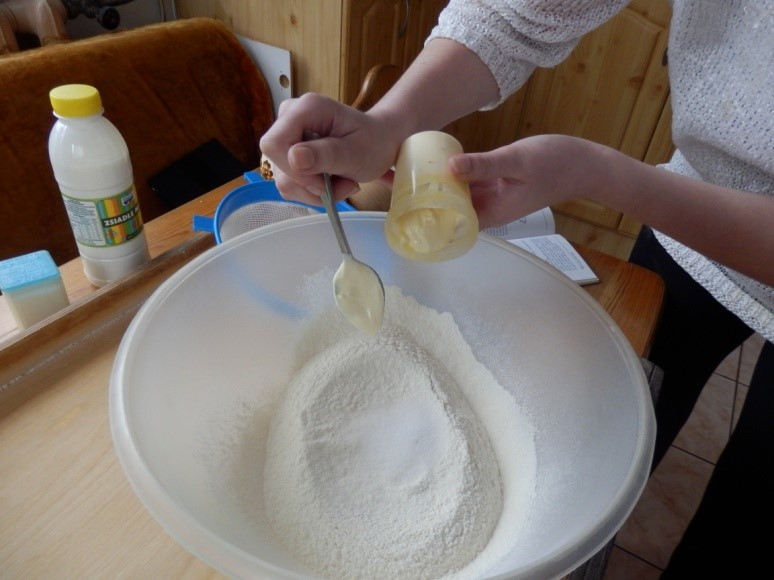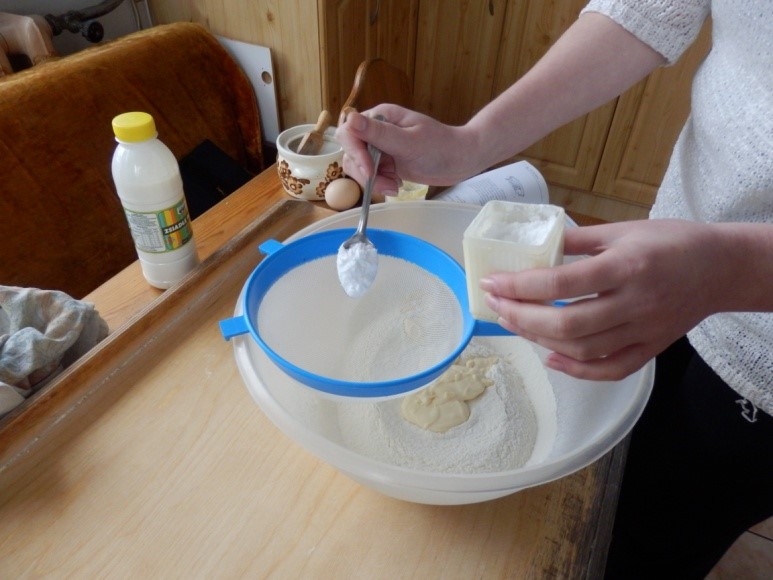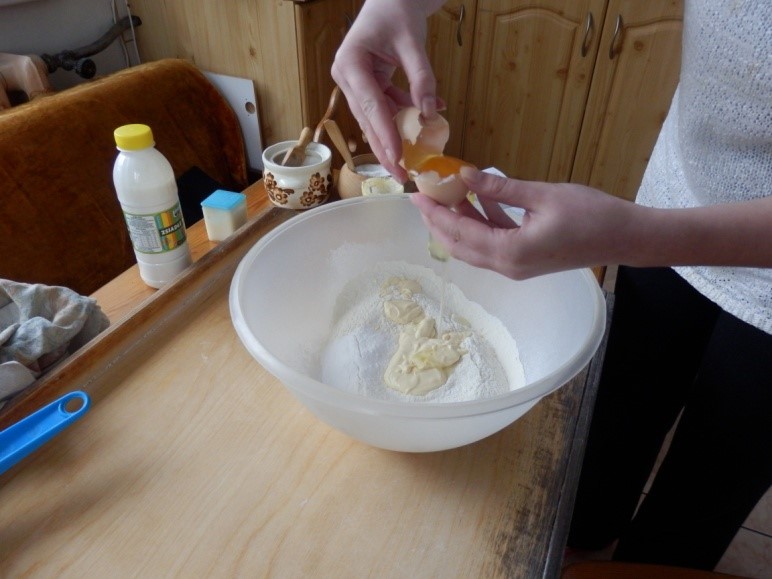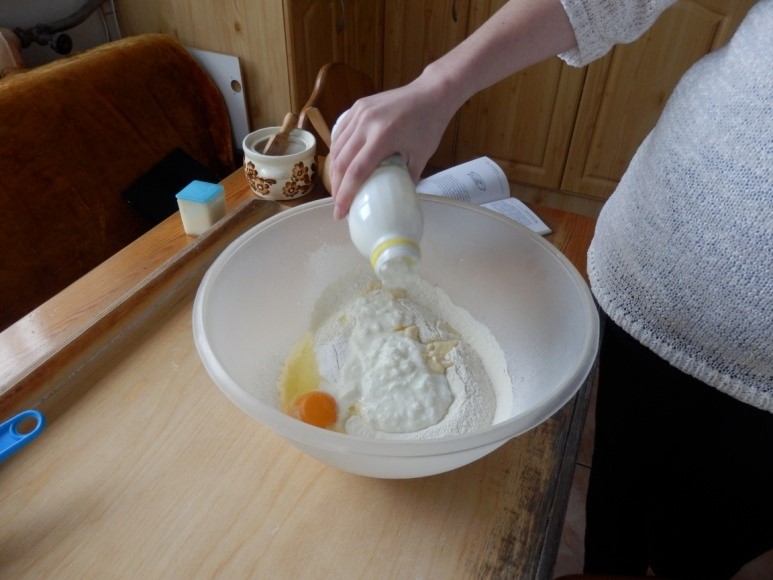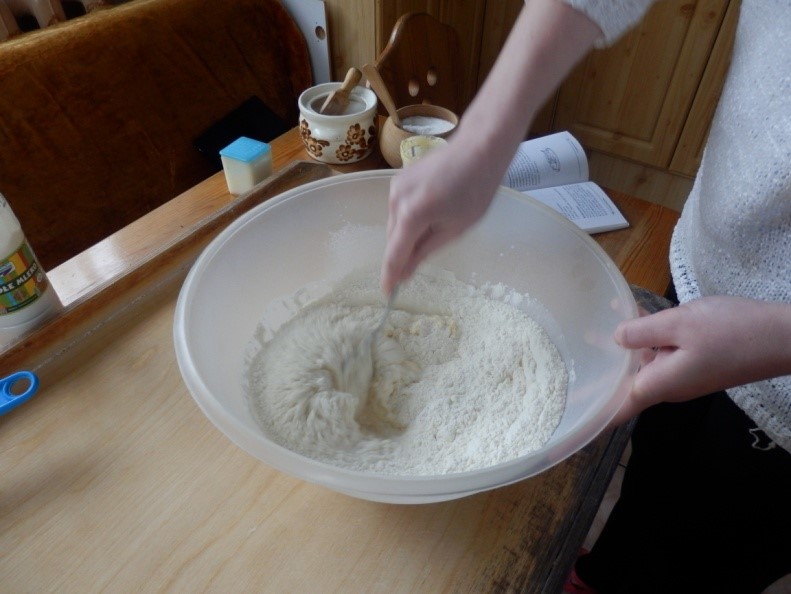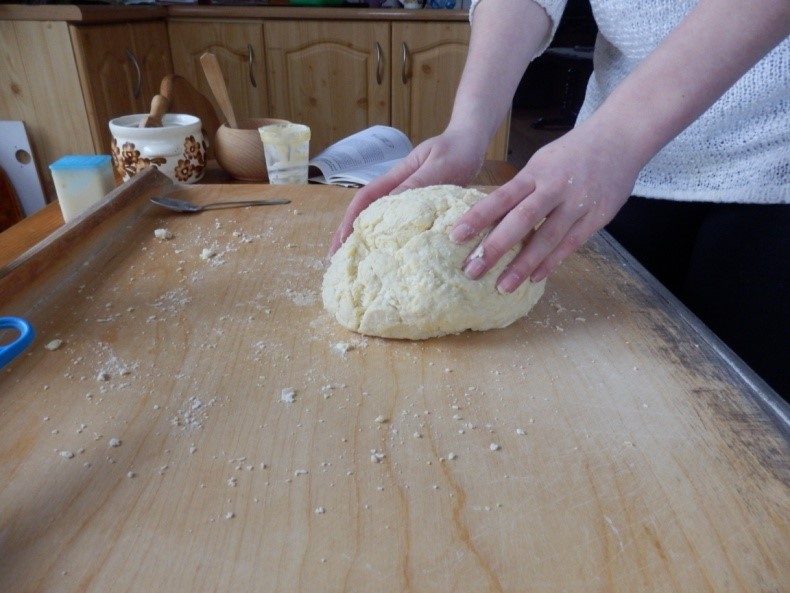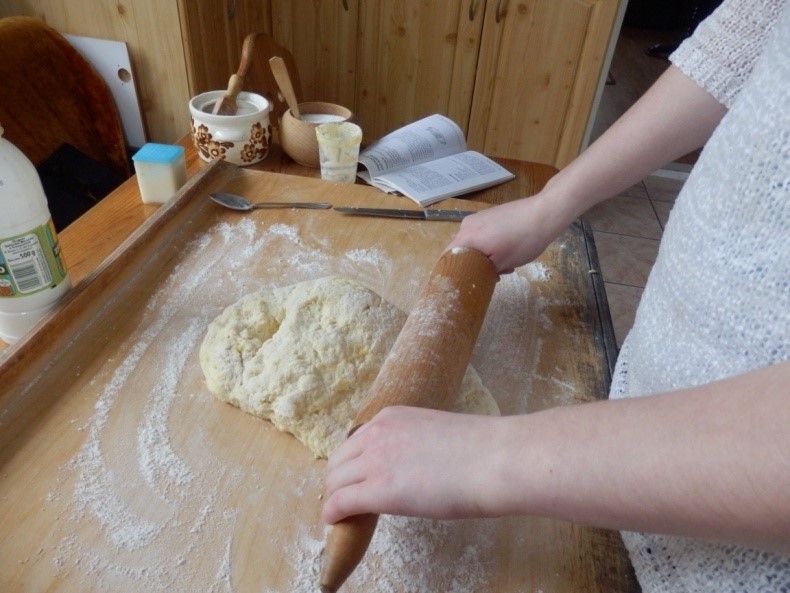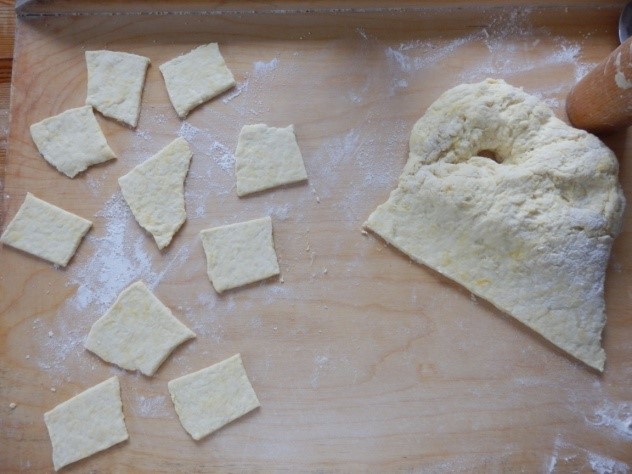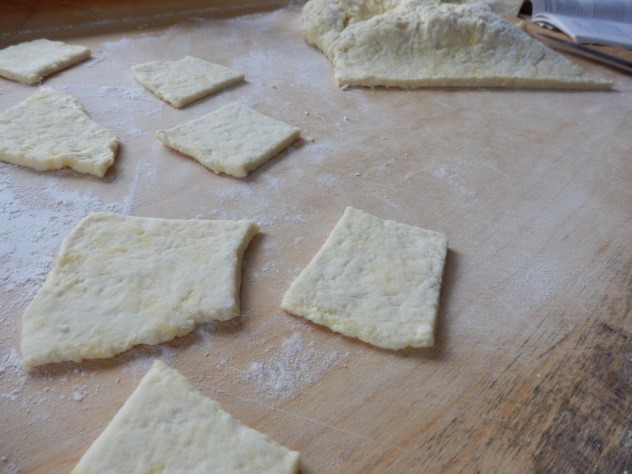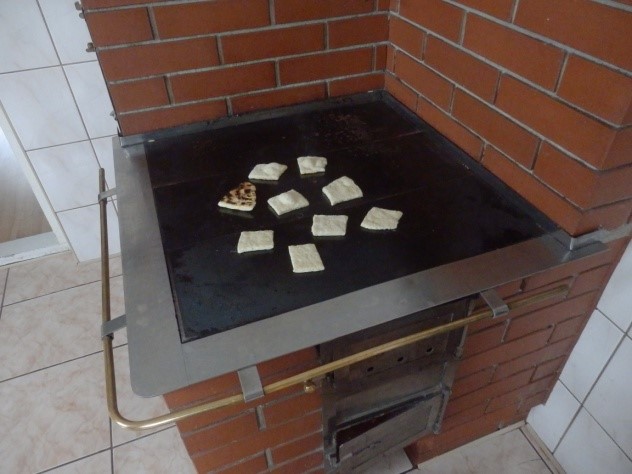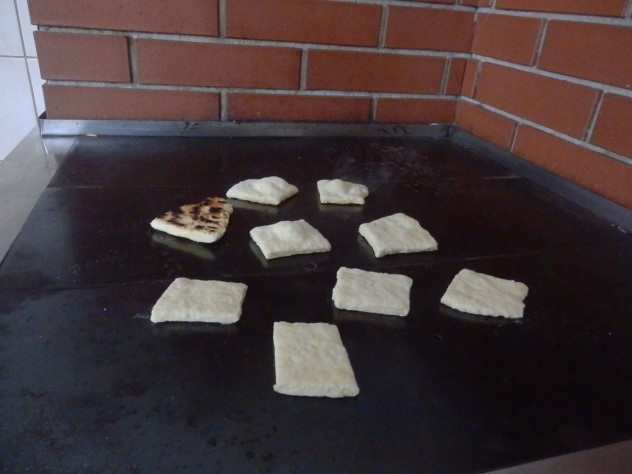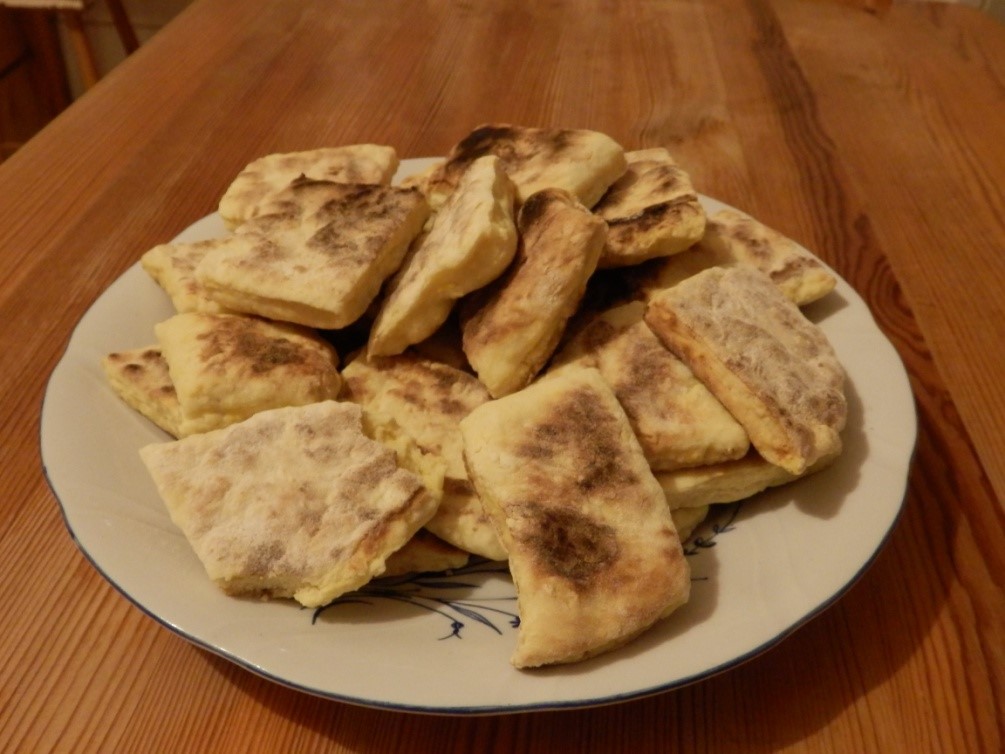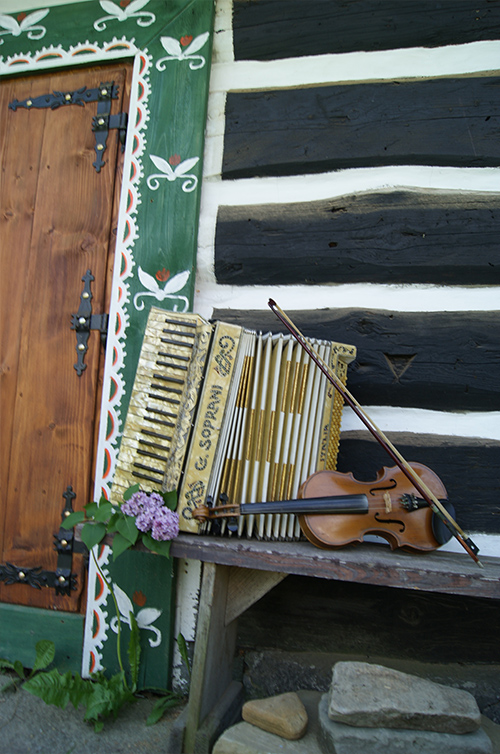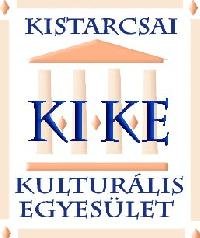Shrine in Huta Polańska

Shrine is located in the middle of the forest, next to the forest track from cemetery in Huta Polańska.
It was on the beginning of the XX century. There were a farmer who found big stone on his farm, which disturbed him during his work. When he removed it – he found under it real treasure chest. Inside of it, there were gold chalices, monstrance and other liturgical objects. Probably it was buried by thieves or robbers (specialized in robbing churches) who during their trip to Hungary, found on their road some problems - (Huta Polańska is located on the former trade road to Hungary). Farmer built a shrine on the place where he found a treasure and bought a bell and chandelier to the nearby church – in gratitude for the treasure.
Some people say that thieves have never come back – as they promised to each other that they could take this treasure just if they will meet again all together. And also there was a man from Huta Polańska, who lived in United States and met there one of the thieves, who said him where is their treasure: “where the sun rises on a big ash”.
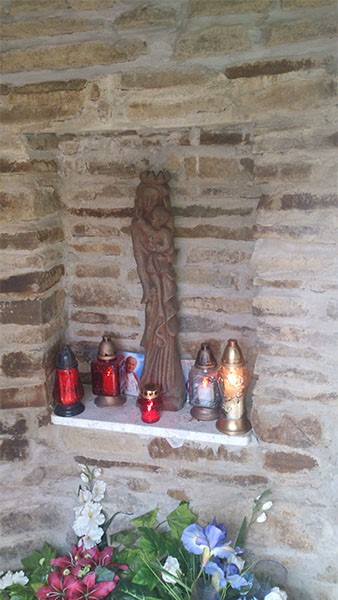
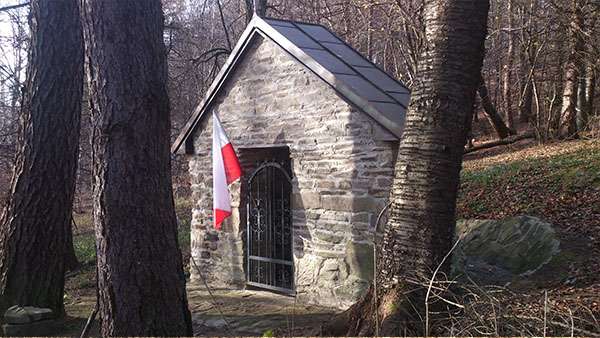
Till now there is only shrine in the middle of the forest. Chandelier and bell were removed to other places, as during the war church was completely destroyed.
